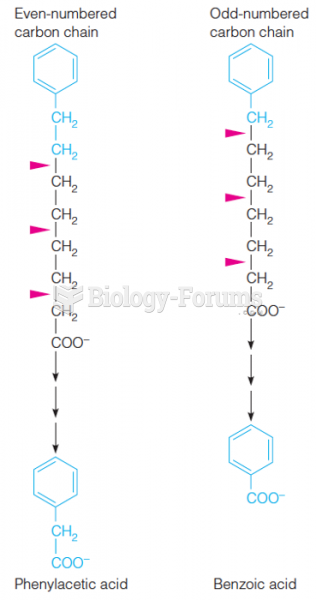Answer to Question 1
ANS: C
The event-partitioning design is a merger of the cross-sectional or longitudinal and trend designs; in event-partitioning, subjects representing the gamut of elapsed time since an event are sampled more than once each. Longitudinal designs examine changes in the same subjects over time. Cross-sectional designs are used to examine groups of subjects in various stages of development simultaneously with the intent to describe changes in the phenomenon across stages. Data across subjects is assumed to be comparable, for the variable of interest, and the relatively large sample size permits analysis of changes over time. The case study design involves an intensive exploration of a single unit of study, such as a person, family, group, community, or institution, or a small number of subjects who are examined intensively. It is seldom quantitative in nature, and is often regarded as a qualitative method, analogous to one-person or small group historical research, in terms of the process focused upon. It tells a story.
Answer to Question 2
ANS: D
In a factorial design, two or more different characteristics, treatments, or events are independently varied within a single study. This design is a logical approach to examining multicausality. The simplest arrangement is one in which two treatments or factors are involved and, within each factor, two levels are manipulated (for example, the presence or absence of the treatment); this is referred to as a 2 2 factorial design. A 2 2 factorial design produces a study with four cells (A through D). Each cell must contain an approximately equivalent number of subjects. Cells B and C allow the researcher to examine of each intervention separately. Cell D subjects receive no treatment and serve as a control group. Cell A allows the researcher to examine the interaction between the two independent variables. This design can be used, as in the randomized block design, to control for confounding variables. With four independent variables, M, N, O, and P are randomly applied, and so there are sixteen groups. The formula is that the number of possibilities is equal to the number 2 to the power of how many binary variables there are. One variable is 2, two variables are 4, three variables are 8, and four are 16.
M N O P Variables
Group 1 + + + M, N, O
Group 2 + + M, O
Group 3 + + M, N
Group 4 + M
Group 5 + + N, O
Group 6 + O
Group 7 + N
Group 8 None
Group 9 + + + + M, N, O, P
Group 10 + + + M, O, P
Group 11 + + + M, N, P
Group 12 + + M, P
Group 13 + + + N, O, P
Group 14 + + O, P
Group 15 + + N, P
Group 16 + P







